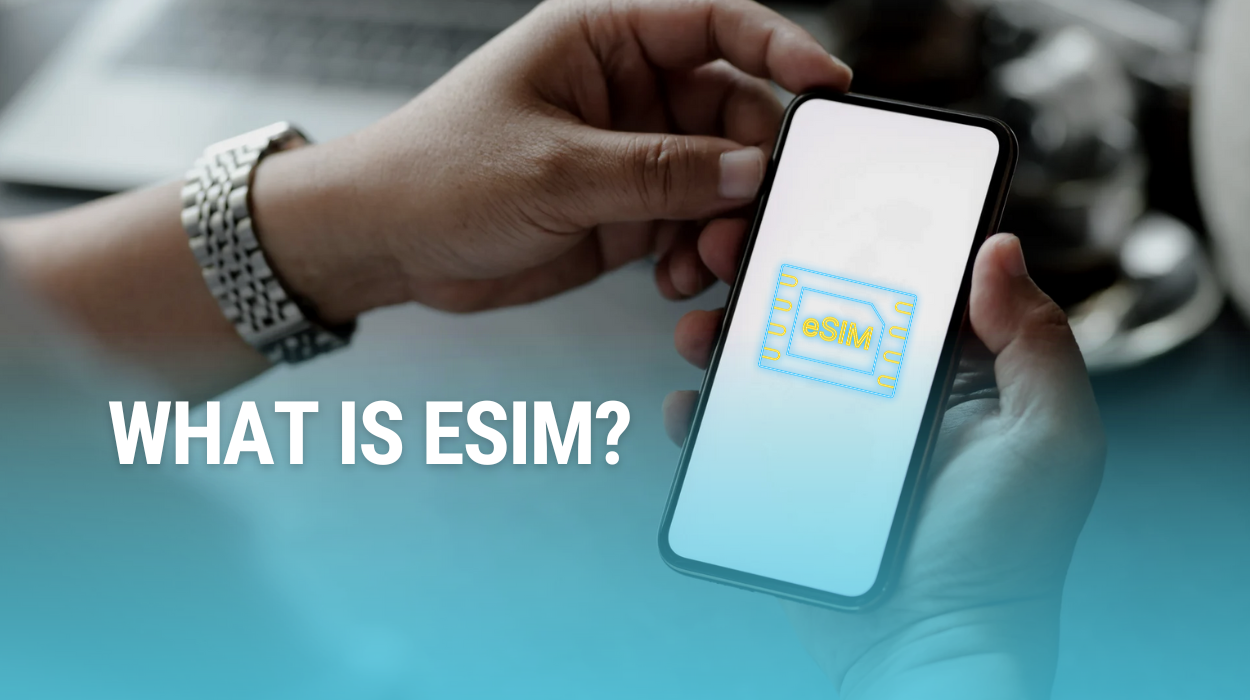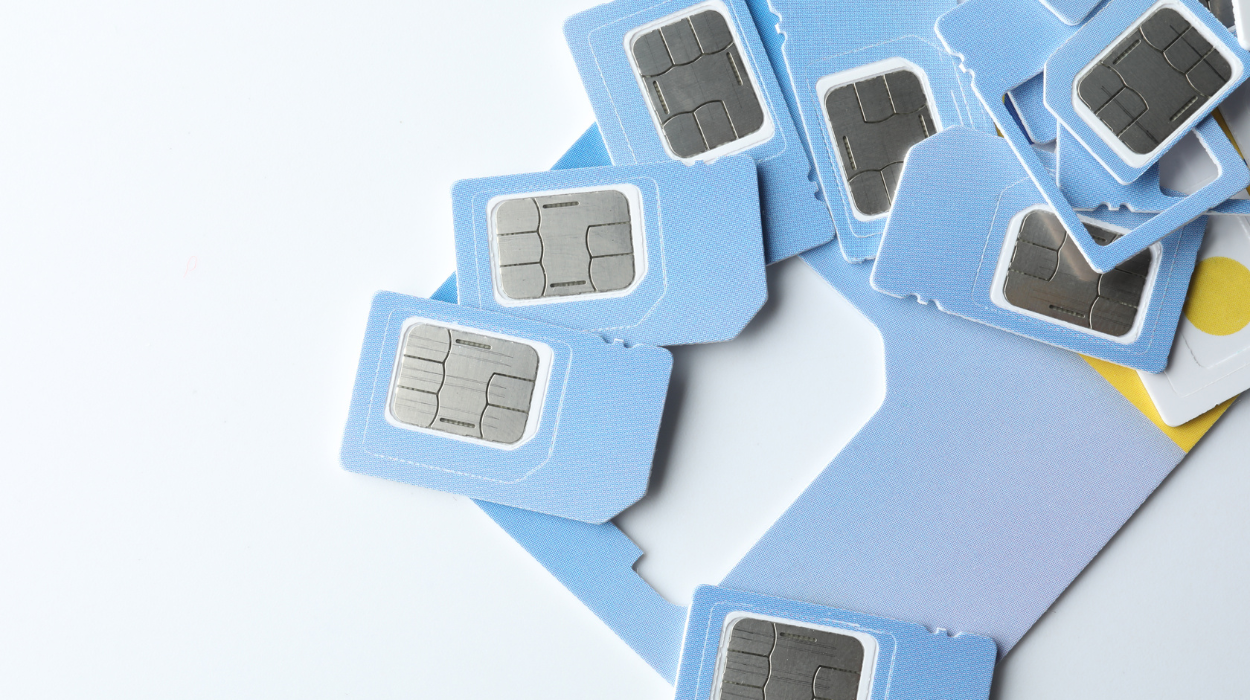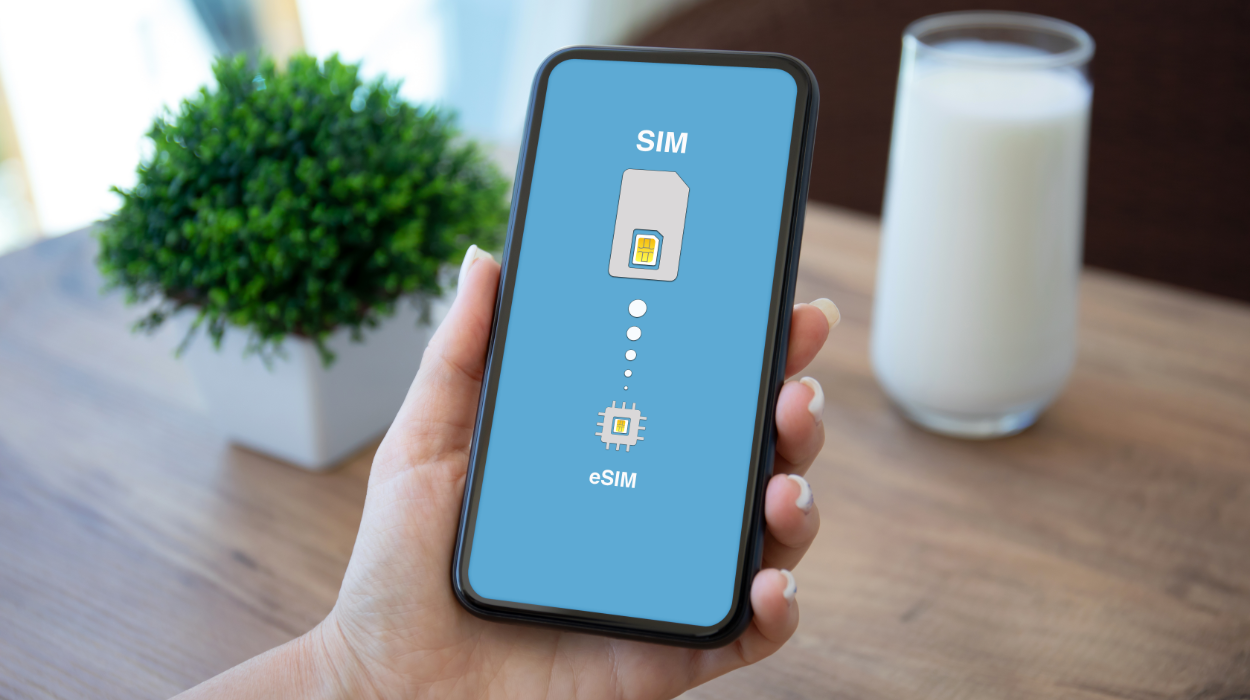 In today's digital age, where mobile technology is continuously evolving, understanding eSIM is extremely important. eSIM is a concept that is attracting the attention of mobile users because it offers flexibility and convenience in managing network connections.
In today's digital age, where mobile technology is continuously evolving, understanding eSIM is extremely important. eSIM is a concept that is attracting the attention of mobile users because it offers flexibility and convenience in managing network connections.
Instead of using a traditional physical SIM card, eSIM is integrated directly into the device, reducing hassle and providing convenience for users. In this article, we will explore in detail what eSIM is and why it is an indispensable part of today's digital life.
What is eSIM?
eSIM, short for "Embedded Subscriber Identity Module," is an advanced SIM technology integrated directly into electronic devices such as mobile phones, tablets, or smartwatches. Unlike traditional physical SIM cards, eSIM does not require a separate SIM card; all connection information is stored and managed within the device's internal memory.
This provides greater convenience and flexibility for users, allowing them to easily switch mobile networks without having to change physical SIM cards. eSIM is becoming a popular trend in the mobile telecommunications industry, opening up new potentials for connectivity services and mobile experiences.
How Does eSIM Work?
eSIM works by integrating a SIM chip directly into electronic devices. Instead of using a physical SIM card, eSIM stores connection information on an electronic chip and is managed through the device's software.
The working process of eSIM is as follows:
- Initialization: When you activate a new device with eSIM, information about the network provider and network connection is downloaded and stored on the eSIM chip.
- Management: Connection information is managed and updated through the software on the device, allowing users to perform actions such as switching networks easily.
- Connection: When needed, the device accesses the mobile network through the information stored on the eSIM chip, helping to establish and maintain network connectivity. The flexibility and convenience of eSIM allow users to easily manage and switch mobile networks without needing to change physical SIM cards.
How to Install eSIM
The method to install eSIM will depend on the specific device you are using. For example, iPhone or Samsung will have different steps. However, generally, the process will include the following steps:
Open the settings on your mobile device.
In settings, find and select the "SIM" or "Network" section.
In the SIM or Network section, you will see an option to add a new eSIM. Select this option.
You will be asked to enter the necessary information to activate eSIM, including the ICCID (Integrated Circuit Card Identifier) and the activation code provided by the network provider.
After entering the information, your device will verify and activate eSIM. This process may take a few minutes.
When the activation process is complete, eSIM will be set up and ready to use.
Note that the eSIM installation process may vary depending on the manufacturer and device model. For some devices, you may need to download the network provider's application or perform other installation steps.
The Difference Between eSIM and Physical SIM
 When compared, these two types of SIMs have significant differences.
When compared, these two types of SIMs have significant differences.
eSIM and physical SIM both provide mobile connectivity, but they have notable differences. eSIM is integrated into the device and manages connection information through the device's software, allowing users to easily switch mobile networks without replacing the SIM card.
In contrast, physical SIM requires a separate SIM card and usually needs to be removed and replaced when switching networks. While eSIM offers greater convenience and flexibility, physical SIM is still preferred in some cases, depending on the user's needs and personal preferences.
Advantages and Disadvantages of Using eSIM
When using eSIM, you will clearly recognize its pros and cons.
Advantages
- Convenience and Flexibility: eSIM allows users to easily switch mobile networks without needing to replace the physical SIM card, saving time and enhancing the user experience.
- Better Management: Connection information is managed and updated through the device's software, allowing users to easily control and change network settings.
- Personal Security: eSIM can offer higher security levels by encrypting data and managing connection information in an electronic environment.
Disadvantages
- Compatibility Limitations: Although increasingly popular, not all mobile devices support eSIM, which can limit user choices.
- Dependence on Network Providers: The activation and management process of eSIM can depend on the policies and support of each network provider, and may not be completely uniform globally.
- Challenges When Device is Lost: In case of device loss or damage, restoring eSIM data can be more difficult than with a physical SIM, especially if there is no backup or contingency plan.
Mobile Devices That Support eSIM
 Currently, there are many types of mobile devices that support eSIM.
Currently, there are many types of mobile devices that support eSIM.
When deciding to use eSIM, consider whether your mobile device supports it. The number of mobile devices supporting eSIM is increasing, including smartphone lines such as Android, iPhone, as well as smartwatches and tablets.
Note that the level of eSIM support may vary depending on the specific version of each device and market. To be sure, users should check the information from the manufacturer or network provider before purchasing a product.
Conclusion
In the context of the continuous development of mobile technology, eSIM has emerged as an advanced trend offering many benefits to users. eSIM is not just a replacement for physical SIM cards but also opens up new opportunities for mobile network connectivity experiences.
Integrated directly into the device and managed through software, eSIM brings flexibility and convenience in switching networks while reducing the hassle of physical SIM cards. With its benefits and potential, eSIM is truly worth the attention and exploration by users.
If you need to use eSIM for connectivity while traveling, you can refer to the list of eSIMs suitable for the countries you plan to visit through the WoWeSim website!
FAQs
1. What is eSIM?
Answer: eSIM, also known as an electronic SIM, is a technology that integrates the SIM directly into electronic devices.
2. Should I use eSIM on iPhone?
Answer: Yes, using eSIM on iPhone brings convenience and flexibility in managing mobile networks, especially when needing to use multiple SIMs on the same device.
3. Can I use both eSIM and physical SIM simultaneously?
Answer: You can use both eSIM and physical SIM simultaneously if your phone supports both types of SIM.
4. Is eSIM safe?
Answer: eSIM has security measures such as data encryption and connection information management, but security also depends on the implementation and management by network providers.
Powered by Froala Editor
